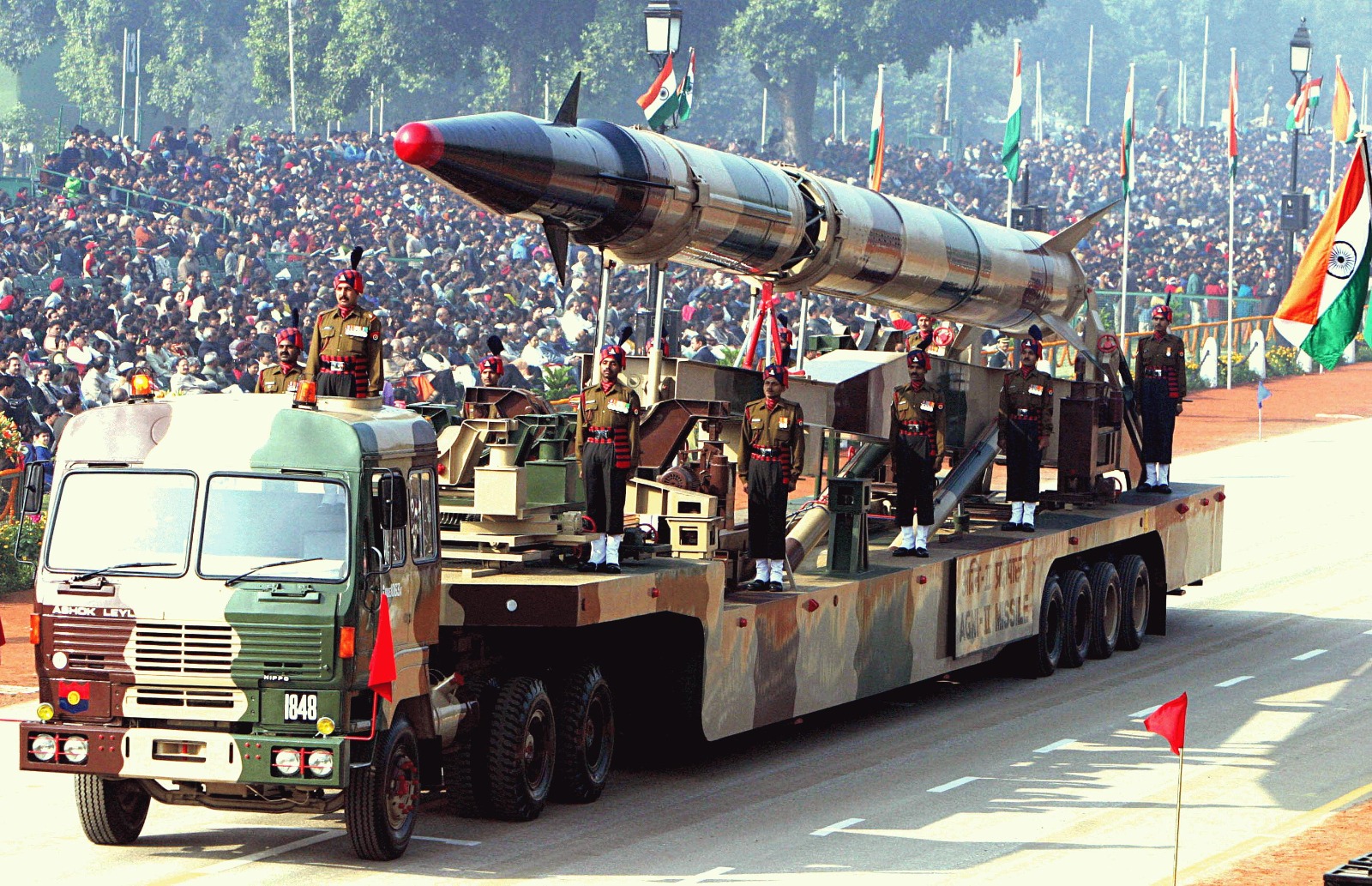In a bold reaffirmation of its strategic defense capabilities, India’s Agni-2 missile—nicknamed the “nuclear arrow”—has once again captured headlines for its formidable reach and deterrent power. With a range of 2,500 kilometers and a price tag of ₹125 crore (₹1,250,000,000), this surface-to-surface ballistic missile is designed to deliver nuclear payloads with precision, giving sleepless nights to adversaries like Pakistan and China.
The renewed spotlight on Agni-2 comes amid growing regional tensions and India’s continued efforts to modernize its nuclear arsenal. The missile, developed by the Defence Research and Development Organisation (DRDO), is a key component of India’s Integrated Guided Missile Development Programme (IGMDP) and a symbol of its strategic autonomy.
Agni-2: A Technological Marvel
Agni-2 is a medium-range ballistic missile (MRBM) capable of carrying both conventional and nuclear warheads. It boasts:
Range: 2,000–2,500 km
Payload Capacity: Up to 1,000 kg
Fuel System: Two-stage solid propellant
Launch Platforms: Rail and road mobile launchers
Guidance: Advanced inertial navigation system (INS) with GPS support
Its mobility and rapid deployment capability make it a flexible asset in India’s strategic arsenal. The missile’s accuracy and reliability were demonstrated during its successful test on August 9, 2012, from Dr. A.P.J. Abdul Kalam Island (formerly Wheeler Island) off the coast of Odisha.
Strategic Significance
Agni-2’s range places nearly all of Pakistan and significant parts of western China within striking distance. This capability reinforces India’s declared nuclear doctrine of “No First Use” and “Credible Minimum Deterrence,” while sending a clear message of readiness and resilience.
Defense analysts note that the missile’s reach and payload make it a potent deterrent against any aggressive posturing by neighboring powers. Its deployment is seen as a stabilizing factor in South Asia’s volatile security landscape.
India’s Expanding Nuclear Arsenal
According to the Stockholm International Peace Research Institute (SIPRI), India now possesses approximately 180 nuclear warheads—slightly more than Pakistan’s estimated 170. India’s arsenal is also considered more technologically advanced, with ongoing development of canisterised missiles and MIRV (Multiple Independently targetable Reentry Vehicle) capabilities.
These advancements reflect India’s strategic pivot toward rapid response and flexible deterrence, especially in light of China’s expanding nuclear footprint, which includes over 600 warheads and multiple-warhead delivery systems.
Regional Implications
The reemergence of Agni-2 in public discourse is not just a technical update—it’s a geopolitical signal. With China’s assertiveness in the Indo-Pacific and Pakistan’s continued military buildup, India’s missile capabilities serve as both shield and sword.
Experts believe that Agni-2’s visibility is part of a broader strategy to maintain regional balance and deter escalation. “It’s not just about firepower—it’s about signaling resolve,” says defense analyst Lt. Gen. (Retd.) Ramesh Chopra.
Beyond Deterrence: A Message of Self-Reliance
Agni-2 also embodies India’s technological self-reliance. Developed indigenously by DRDO, the missile showcases India’s ability to produce sophisticated strategic systems without external dependence. This aligns with the government’s “Aatmanirbhar Bharat” (self-reliant India) initiative and strengthens its position in global defense diplomacy.
Public Reaction and Political Commentary
The announcement has stirred patriotic fervor across social media, with hashtags like #Agni2 and #NuclearArrow trending. Political leaders and defense experts have lauded the missile’s capabilities, calling it a “pillar of national security.”
Meanwhile, international observers are watching closely. While India maintains a defensive posture, its growing arsenal and technological edge are reshaping strategic calculations in Asia.
Sources: MSN, Financial Express, News18, The Hindu
